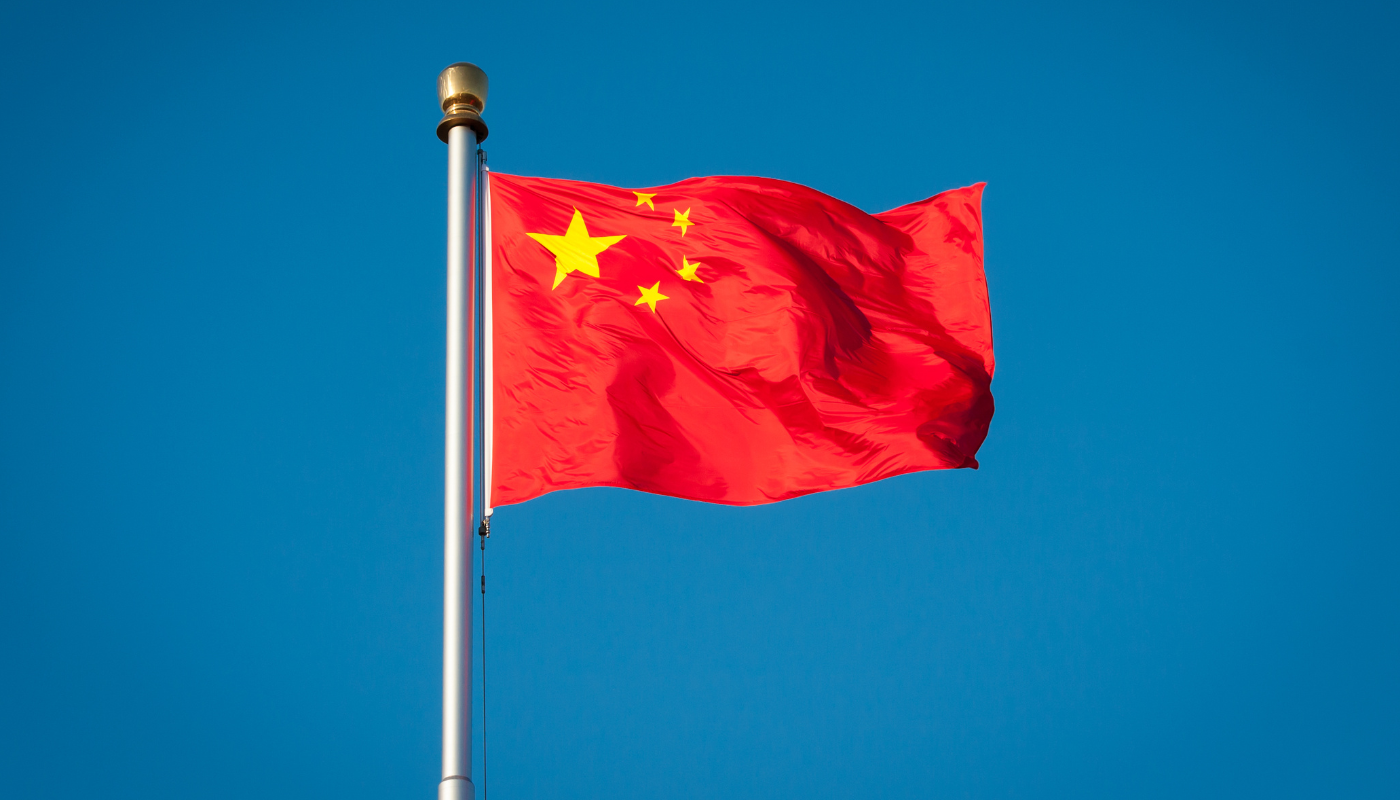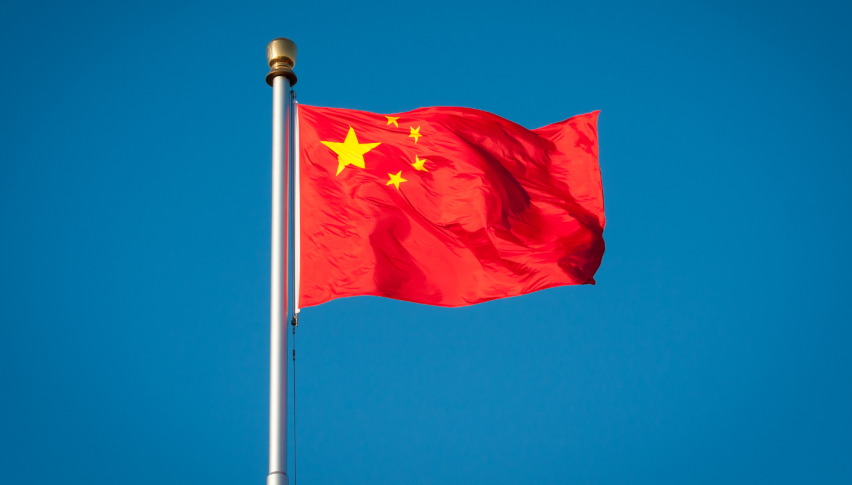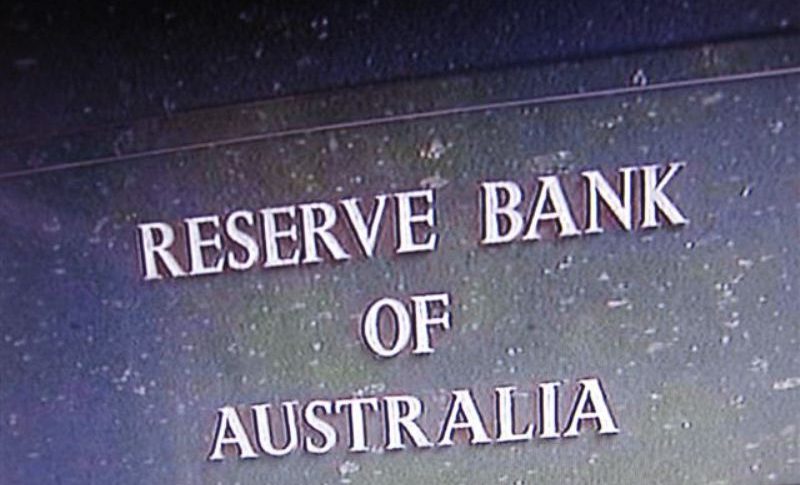Figure 1China’s 5-year loan prime rate, 1-year loan prime rate, 1-year MTLF rate and 7-day reverse repo rate.
The 1-year LPR affects corporate and most household loans, the 5-year LPR is the benchmark for mortgage rates.
No Room for More Cuts as China’s Growth Slows
Analysts had expected no change this month. Chinese commercial banks have very low net interest margins, so they can’t cut much more. While another cut before the year end is unlikely, there may be more cuts in 2025.
This follows a 25bps cut in both 1-year and 5-year LPRs last month and after October’s data showed weak growth despite stimulus. October’s data showed industrial production and fixed asset investment growth was slower than expected, real estate investment continued to decline.
Only retail sales was above expectation, up 4.8% year-on-year, suggesting some stimulus is working in some areas.
China Steps Up Stimulus and Trump Policies
Since late September, China has stepped up stimulus to boost growth which has been slow due to the long property crisis and weak consumer and business sentiment. China wants to get out of deflation and reach the government’s growth target.
But concerns over Trump’s inflationary economic plan and yuan weakness and investor fear of higher tariffs on Chinese goods may limit China’s room for further monetary easing in the near term.
Analysts think China may wait until Trump takes office in January to see his policy direction.
During Trump’s first term, the yuan fell 5% against the dollar after the first round of US tariffs on Chinese goods in 2018 and 1.5% the following year as trade tensions intensified.
Earlier this month, the Ministry of Finance rolled out a 5-year 10 trillion yuan ($1.4 trillion) fiscal package to address local government debt and hinted at more support next year.
PBOC Governor Pan Gongsheng said the central bank will maintain a accommodative policy, so there’s room for more cuts by the end of the year.
Morgan Stanley expects China’s growth to slow to 4% over the next two years and downgraded Chinese equities to “slight underweight” in a note on Sunday, citing deflationary environment and trade tensions.
Goldman Sachs sees China’s GDP growth to ease to 4.5% in 2025 from 4.9% this year, according to the bank’s report on Monday.
But Goldman still has “overweight” on Chinese equities, expecting 13% gain for the CSI 300 in the next 12 months.
Market Volatility and Mixed Performance Across Asia After China’s Rate Decision
China’s no change in benchmark rates has added to the uncertainty in Asian markets as growth concerns linger. Analysts say Hong Kong stocks will be under pressure in the near term. China’s economy will be tested by upcoming data and liquidity will be tight due to uncertainty over Fed rate cuts and Trump’s policies on China.
Hong Kong stocks went up and down. Hong Kong stocks have lost momentum recently after China’s fiscal stimulus failed to impress and Trump’s victory intensified fears of higher tariffs. The Hang Seng Index has fallen 15% from its October high after rallying on China’s property market support and rate cuts.
Other Asian and Pacific markets were mixed. Japan’s Nikkei 225 fell 0.18% in the volatile session, Topix dropped 0.27% after lunch. South Korea’s Kospi rose 0.60%, Kosdaq 0.43%.
Australia’s S&P/ASX 200 fell 0.57%. Hang Seng Index rose 0.12% to 19,686.53 after lunch, up 1.2% over the past two days. Hang Seng Tech Index up 0.03%. On the mainland, indices rose, CSI 300 up 0.55%, Shanghai Composite up 0.80%.
















